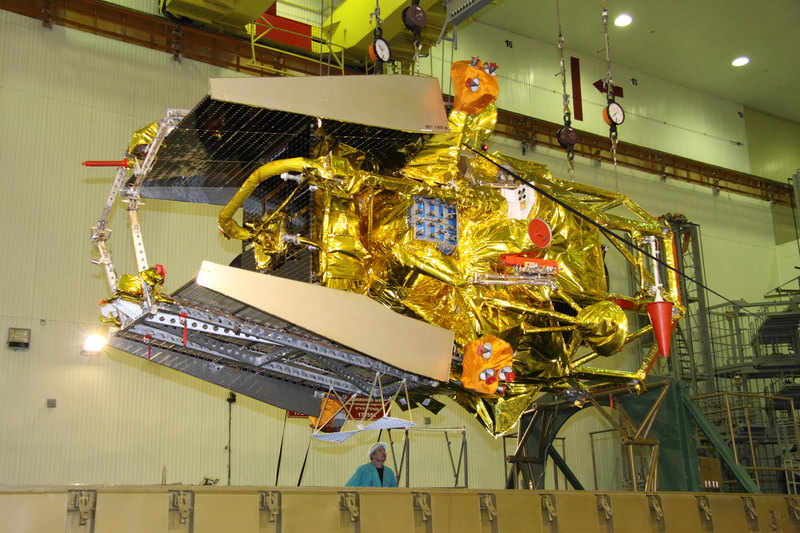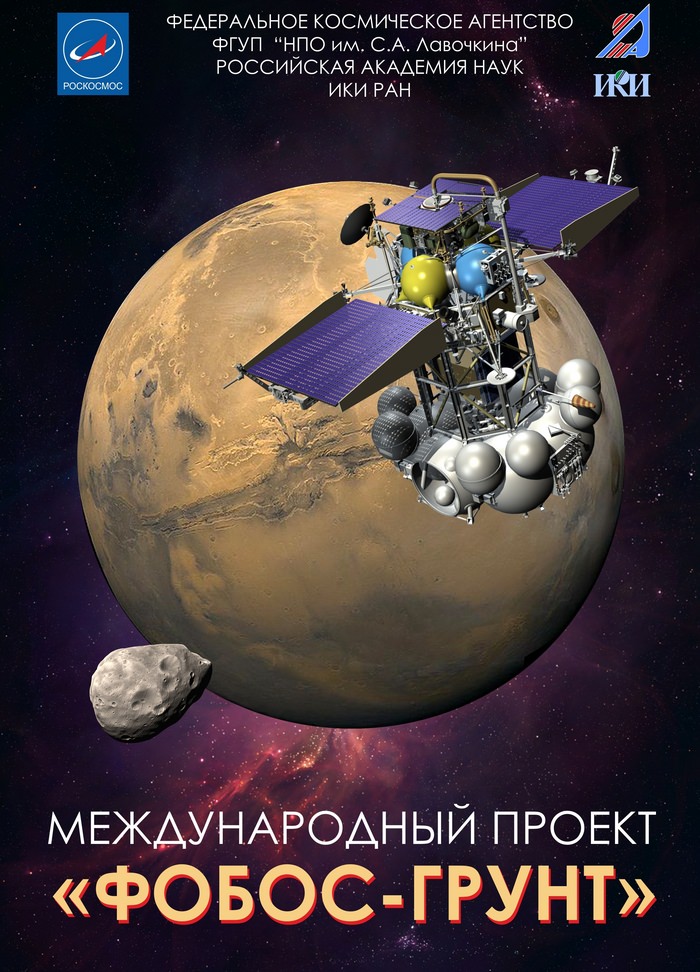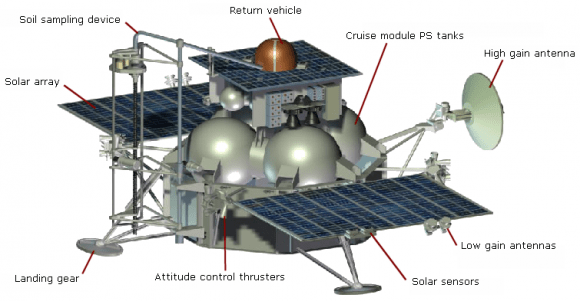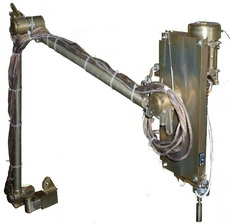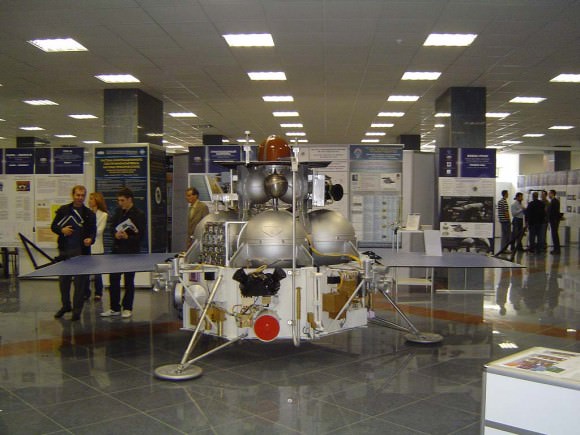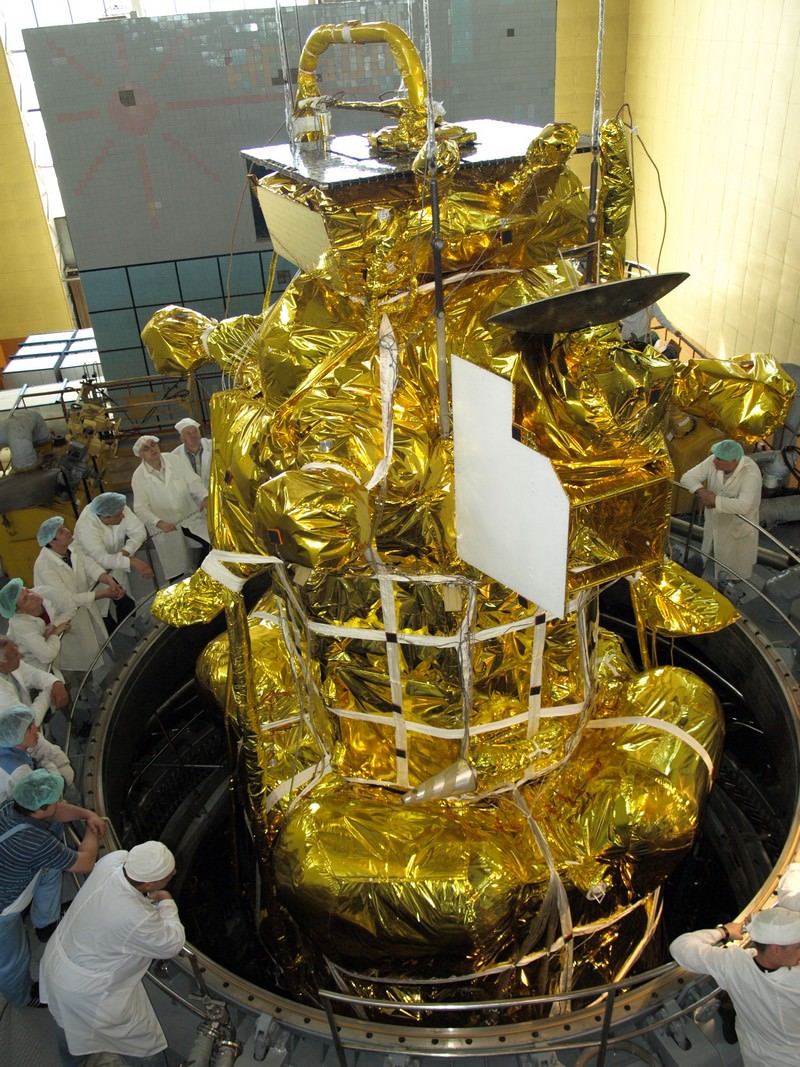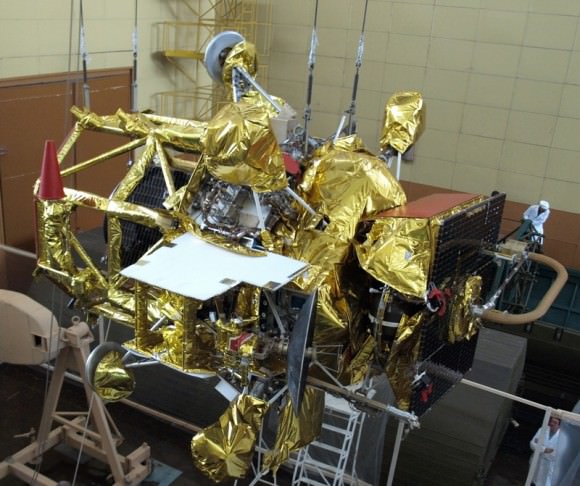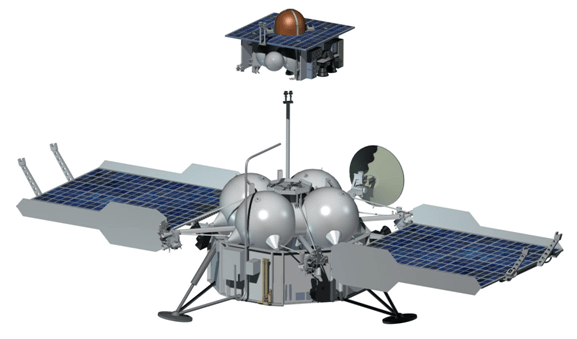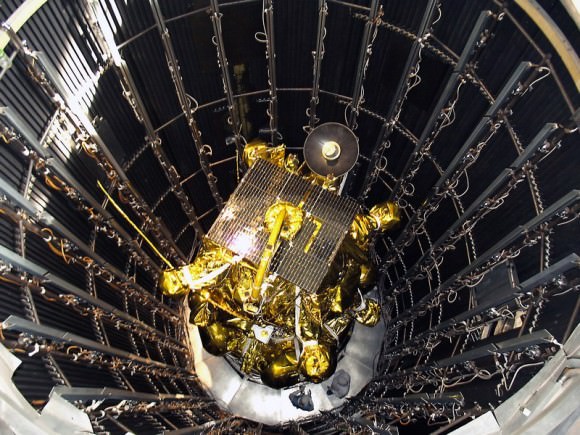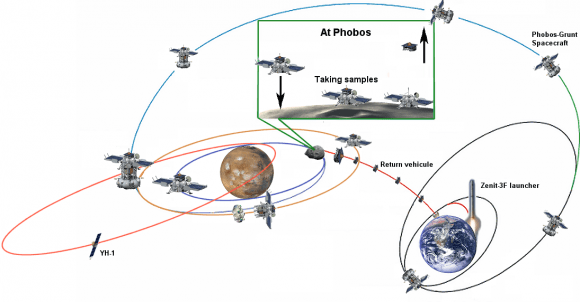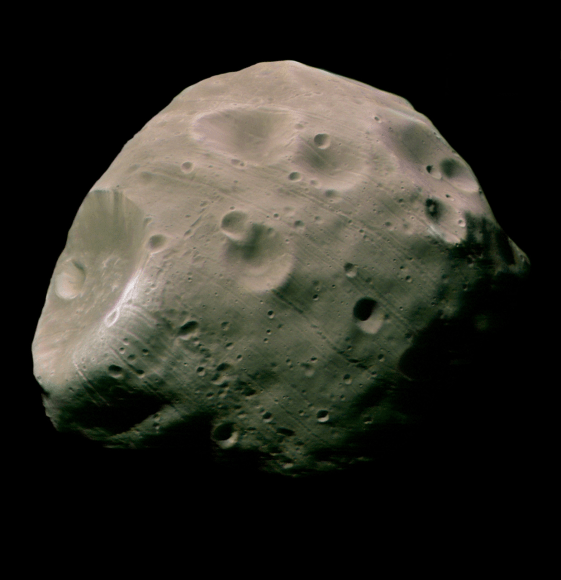[/caption]
Barely in the nick of time, Russia’s groundbreaking Phobos-Grunt interplanetary spacecraft to Mars finally arrived on Monday (Oct. 17) at the Baikonur Cosmodrome launch site in Kazakhstan – and today (Oct. 18) an eye-popping collection of great images (see below) was at last published by Roskosmos, the Russian Federal Space Agency.
This first-of-its-kind spaceship is due to blast off quite soon – sometime in the first half of November – although Roskosmos has yet to announce an official launch date and time is running out. The deadline to Mars is Nov. 25.
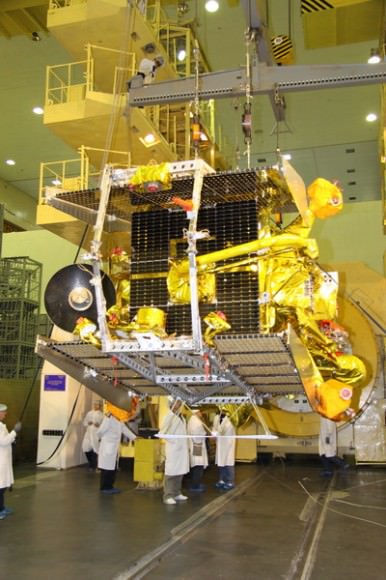
The explicit close-up photos show both the Phobos-Grunt orbiter/lander vehicle and her companion Yinghou-1 Mars orbiter, built by China, being uncrated from a huge shipping container, uprighted and then showcased from many revealing angles from top to bottom, tilted from side to side and looking inside her hardware stack.
The photos illustrate the solar panels, landing legs, J-shaped soil sampling tube, Earth return vehicle and descent capsule, star trackers, communications antennae, maneuvering thrusters and more.
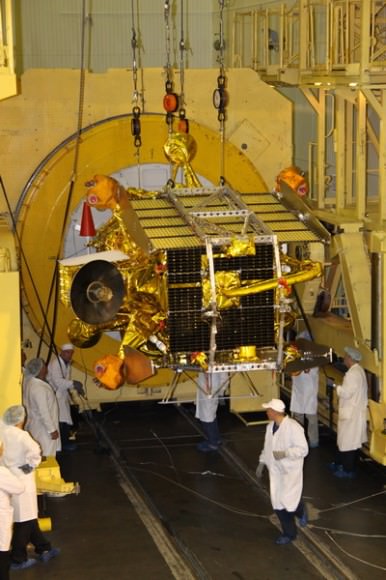
The Yinghou-1 mini-satellite is clearly visible tucked inside a truss situated between the Phobos-Grunt landing ship and the MDU propulsion stage.
Phobos-Grunt was just air shipped from Moscow to Baikonur inside an Antonov An-124-100 “Ruslan” cargo plane operated by “Polyot” airline.
The cargo canister was offloaded and transported by truck to Facility 31. The spacecraft was then placed on a test stand to begin an intense period of final prelaunch payload processing activites to ready the probe for launch.
The Zenit-2SB booster rocket also recently arrived at Baikonur for ongoing prelaunch processing at nearby Building 42.
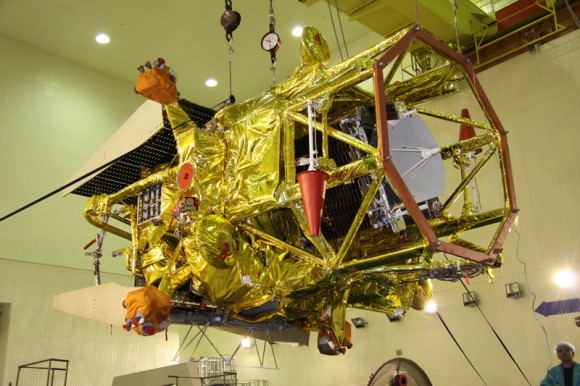
Russia’s engineers and technicians will have to work diligently in the few weeks remaining in order to complete all preflight activities to achieve a liftoff to the Red Planet before the unforgiving and narrow launch window closes for another 26 months.
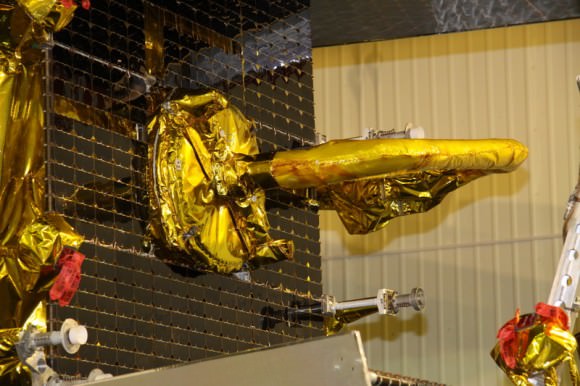
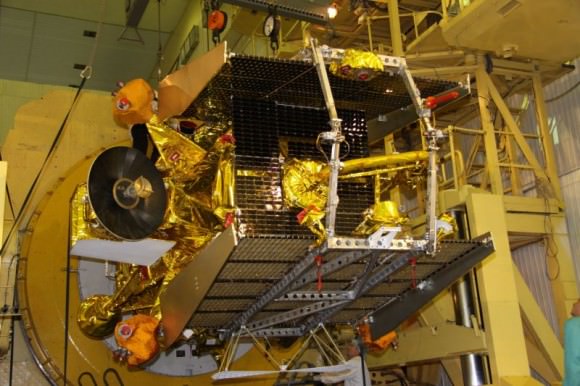
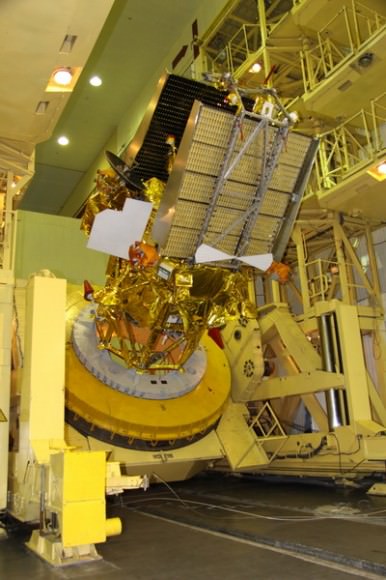
Earth is actually lofting two exciting science missions to Mars this November. NASA’s Curiosity Mars Science Laboratory rover is due to blastoff on Nov. 25 and her launch window extends until Dec. 18. Both spaceships missed their initially targeted launch windows in 2009 due to the need to fix unresolved technical issues.
Phobos-Grunt is a daring sample return mission whose goal is to retrieve up to 200 grams of soil and rock from the tiny Martian moon Phobos, that will help elucidate the origin and evolution of Phobos, Mars and the Solar System.
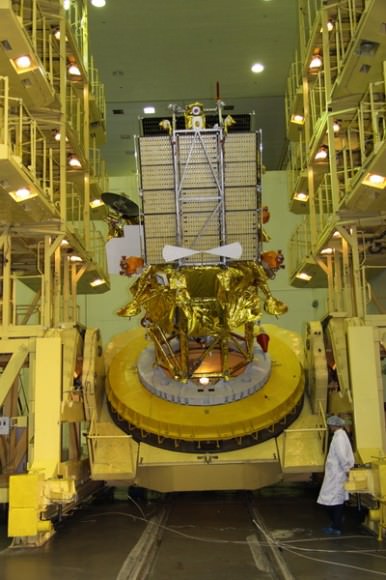
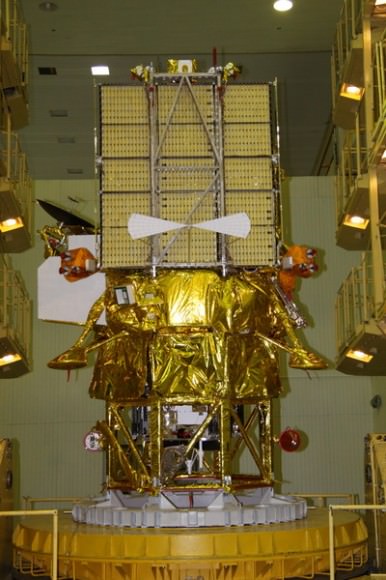
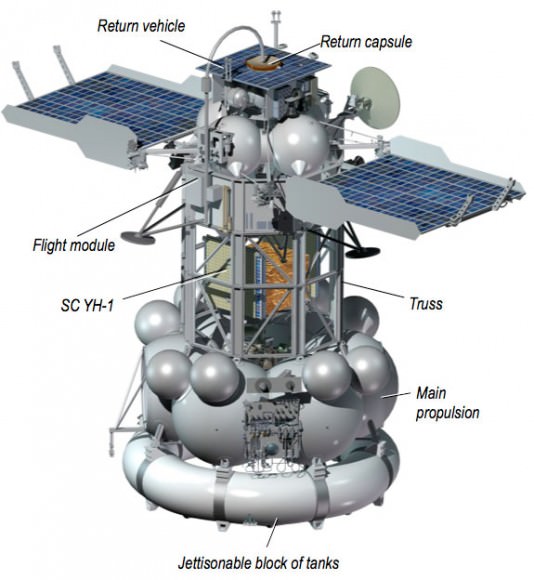
Read Ken’s continuing Mars features about Phobos-Grunt, Curiosity and Opportunity starting here:
Phobos-Grunt: The Mission Poster
Daring Russian Sample Return mission to Martian Moon Phobos aims for November Liftoff
Assembling Curiosity’s Rocket to Mars
Encapsulating Curiosity for Martian Flight Test
Dramatic New NASA Animation Depicts Next Mars Rover in Action
Opportunity spotted Exploring vast Endeavour Crater from Mars Orbit
Twin Towers 9/11 Tribute by Opportunity Mars Rover
NASA Robot arrives at ‘New’ Landing Site holding Clues to Ancient Water Flow on Mars
Opportunity Arrives at Huge Martian Crater with Superb Science and Scenic Outlook
Opportunity Snaps Gorgeous Vistas nearing the Foothills of Giant Endeavour Crater

